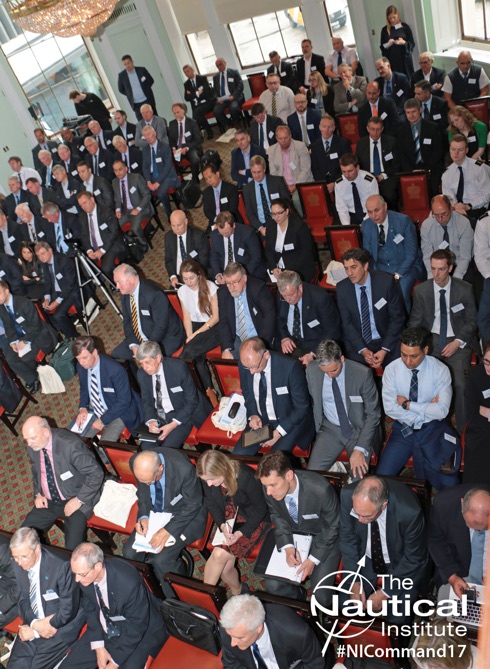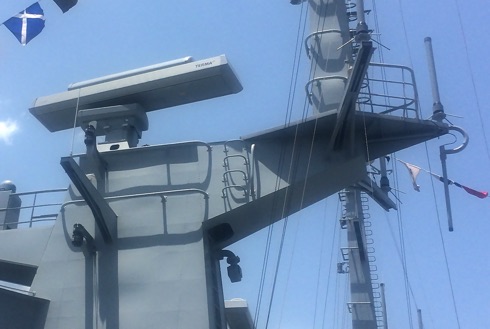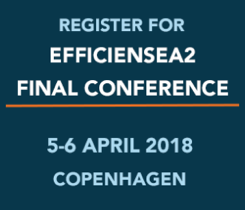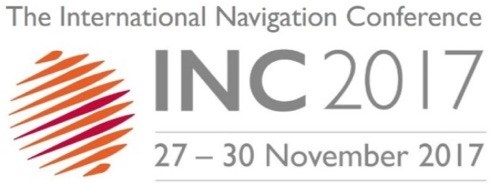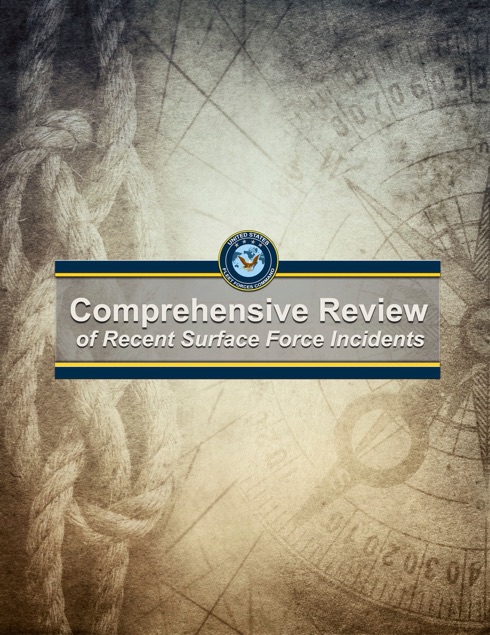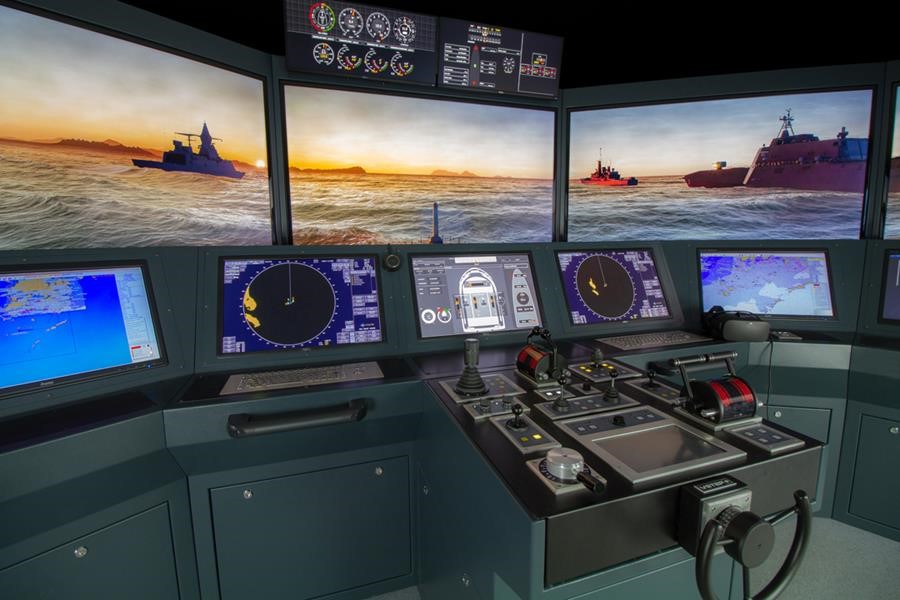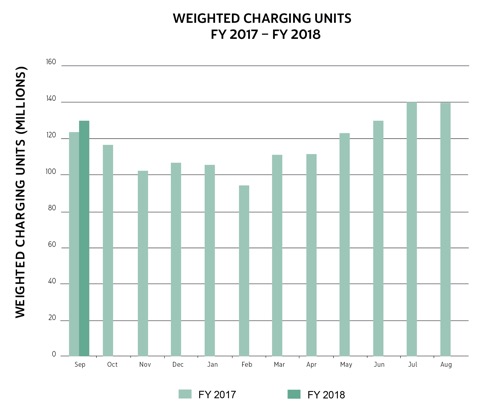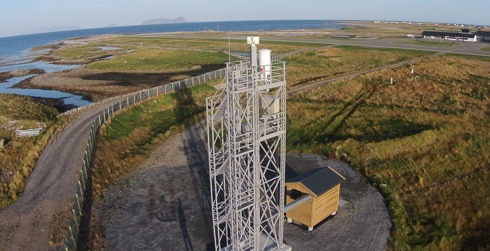12th Arctic Shipping Summit
The 12th Arctic Shipping Summit will be held on 21-22 February, 2018, in Montreal, Canada, under the heading of ‘Developments in Arctic Shipping Operations & Infrastructure’.
Early Bird Discount of £200.00 is offered until 30 November 2017. In the words of the organisers: ‘Sign up now and pay only £1,395 instead of £1,595.’
The two day conference will consist of a number of informative presentations followed by interactive Q&A sessions, panel discussions and an open discussion to further involve the delegates. These talk will give insight on the views shared from the different aspects of Arctic Shipping. We will explore and discuss current regulations and requirements from the IMO & the Coast Guard, examine commercial aspects, infrastructure and promising changes in cruise operations as well as the insurance challenges that are increasing ongoing. Also we’ll be looking into training requirements and ship design options to help aid in the future of Arctic operations.
The Israel Navigation Workshop and Exhibition
The Israel Navigation Workshop and Exhibition (INWE18) is a biennial event
organized and sponsored by the Israel Association for Automatic Control
(IAAC).
INWEI18 will be a one day event dedicated to technical talks in navigation systems, ranging from fundamental research, to applications, to field test results. Topics of interest include navigation, positioning and timekeeping in all their variations, sensors, systems, optimal integration of multiple sensors, and novel or emerging technologies in the field of navigation.
In parallel IAAC will host a technical exhibit in which navigation equipment manufacturers and system suppliers will have the opportunity to show their current products and most recent technical innovations.
Finally, the event will bring together the large community of researchers, suppliers and users in the navigation area in Israel, making it a unique opportunity to meet all the players in the navigation field in Israel.
UK Parliamentary Committee publishes aerospace industry Brexit evidence
On 20 November the Business, Energy and Industrial Strategy Committee (BEISC) of the House of Commons (Lower House) of the Westminster Parliament published the written evidence for its Brexit inquiry on the British aerospace industry.
Rachel Reeves MP, Chair of the BEISC, said: ‘The evidence we have received suggests the impact of Brexit and increased customs checks could mean a potential £1.5bn in added costs for the UK aerospace sector. That is extremely worrying.’
One section of the evidence is that concerning navigation systems: ‘Post-Brexit, the UK should seek full and unfettered access to EU Research and Innovation programmes post 2020, continuing to contribute as full and voting members of strategic programme committees. Such access should include ongoing participation of UK businesses to existing EU and Horizon 2020 projects, the planned European Defence Research Programme, as well as EU coordinated Space programmes such as Copernicus and Galileo. In addition, reciprocal rights for researchers to move freely across Europe to engage, participate and lead EU funded research projects in which the UK is involved, would be vital.’
The Nautical Institute Command Seminars
Training and professional development needs to be addressed at the highest level if we are to continue to improve maritime safety, concluded attendees at The Nautical Institute’s 2017 Command Seminar series. At the most recent event, held in Cyprus, attendees emphasised that it is important to ensure continuity in the maritime profession, making sure that seafarers make the most of new technology, while maintaining existing skills and knowledge.
Over the course of 2017, more than 500 people from a broad spectrum across the industry, from cadets to sailing Masters and senior industry figures, have attended The Nautical Institute’s five Command Seminars.
Terma in contract with Tata India Surface Surveillance Radar
It was announced from Aarhus, Denmark on 15 November that Danish aerospace, defence, and security company Terma, in partnership with Tata Advanced Systems Ltd (TASL), India as Prime contractor has been awarded a contract to execute the Indian Navy’s Surface Surveillance Radar (SSR) project for 31 radars. It is understood that the SSR programme is the first procurement by the Indian Ministry of Defence under the Buy and Make (Indian) category of the Defense Procurement Procedure (DPP). This project involves delivery, installation, and commissioning of radar systems in Indian Navy vessels as well as delivery of simulators, establishment of depotlevel facilities, and integrated logistics support with deliveries spread over ten years. Furthermore, the radar is being manufactured in India with Transfer of Technology from Terma, Denmark.
EfficienSea2 Announces Final Conference
On 5-6 April 2018 the 32 partners behind the EfficienSea2 project will showcase their results at a conference taking place in Copenhagen. It is understood that the conference will be a mix between real-life demonstrations, forward-looking ideas and presentations on innovative maritime solutions. During the two half days, the focus will be on highlighting the 15 new or improved maritime services, the web-based platform BalticWeb for displaying them on tablets or computers, work on the so-called VHF Data Exchange System (VDES) and the centrepiece of the project: The Maritime Connectivity Platform (MCP) – formerly known as the Maritime Cloud.
HK Civil Aviation Wins CANSO Award
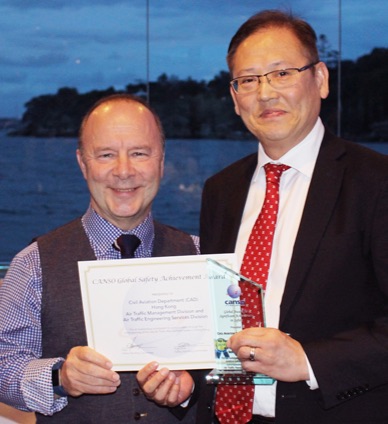
On 8 November it was announced from Sydney that CANSO, the Civil Air Navigation Services Organisation, has awarded the CANSO Global Safety Achievement Award 2017 to the Air Traffic Management Division and Air Traffic Engineering Services Division of the Civil Aviation Department Hong Kong. This organisation was commended for commissioning a new air traffic management system (ATMS) in Hong Kong and further enhancing air navigation safety and efficiency in the Hong Kong flight information route (FIR).
Helicopter Flight Simulation Centre
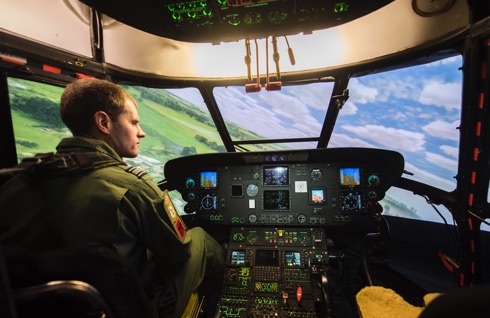
On 23 October the (UK) Ministry of Defence announced an over £90 million investment in a world-leading helicopter simulation centre to help train the Royal Air Force and Royal Navy helicopter pilots of the future. Simulators put pilots through their paces, replicating extreme real-life scenarios, from flying in blizzards or under enemy fire to dealing with power failures and electronic warfare.
It is understood that this will sustain 70 jobs at the Medium Support Helicopter Aircrew Training Facility based at RAF Benson in South Oxfordshire.
INC2017 – Latest programme now available
As well as the latest technical innovations and technology updates, the conference will cover the legal, ethical, human cognitive and regulatory issues associated with realising new opportunities. The presentations, exhibition and networking at RIN INC2017 are designed to broaden knowledge and provide a range of perspectives on topics as diverse as artificial intelligence, authentication, privacy, machine learning and augmented reality in location applications. In addition, on 27 November the Resilient PNT Forum will meet in the afternoon, in partnership with RIN INC2017, following the very well attended meeting at RIN INC2016.
See the latest programme.
US Navy releases collision report

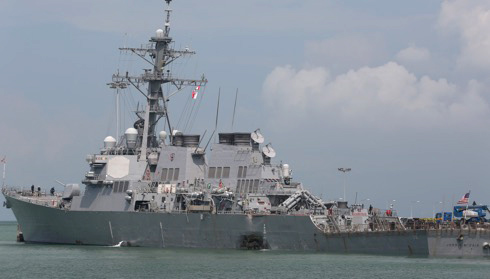
On 1 November the US Navy released a report detailing the events and actions that led to the collision of USS Fitzgerald (DDG 62) and ACX Crystal off the coast of Japan on 17 June and the collision of USS John S McCain (DDG 56) and merchant vessel Alnic MC on 21 August this year.
Chief of Naval Operations (CNO) Admiral John Richardson said: ‘Both of these accidents were preventable and the respective investigations found multiple failures by watch standers that contributed to the incidents. We must do better.’
The collision between Fitzgerald and Crystal was avoidable and resulted from an accumulation of smaller errors over time, ultimately resulting in a lack of adherence to sound navigational practices.
The collision between John S McCain and Alnic MC was also avoidable and resulted primarily from complacency, over-confidence and lack of procedural compliance.
US Navy’s Fleet Comprehensive Review
On 2 November the US Navy released the report of the Fleet Comprehensive Review conducted by Commander, US Fleet Forces Command, Admiral Phil Davidson.
Collisions between USS Fitzgerald (DDG 62) and mv ACX Crystal and between USS John S McCain (DDG 56) and mv Alnic MC, along with other similar incidents over the past year, indicated a need for the US Navy to undertake a review of a wider scope to better determine systemic causes. The US Navy’s Comprehensive Review of Surface Force Incidents, completed 26 October represents the results of this effort. This review represents a summary of significant actions needed to fix the larger problems and their causes leading up to these incidents.
HMS Queen Elizabeth sea trials
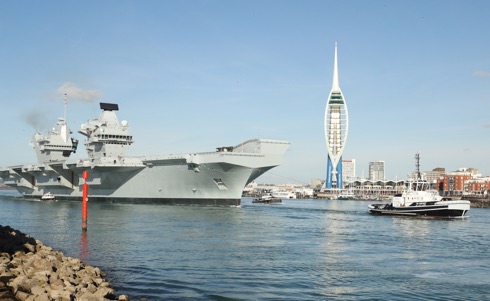
On 30 October HMS Queen Elizabeth sailed from Portsmouth Naval Base for the first time since arriving at her home port in August. The Royal Navy’s future flagship has embarked on the next set of sea trials to test her capability.
Captain of Portsmouth Naval Base, Captain Bill Oliphant said: ‘HMS Queen Elizabeth has been in Portsmouth Naval Base for two months of planned maintenance to allow her to sail to complete her sea trials today (30 October). This period at sea will mark an extremely significant milestone in the life of the ship leading towards her acceptance into the Royal Navy at her commissioning later this year, back in her home port of Portsmouth.’
IMO on enhancing fishing vessel safety
When it comes to fishing vessel safety, the mission is clear, says Sandra Allnutt of the IMO: enhance safety to save lives. Ms Allnutt, Head of Maritime Technology in IMO’s Maritime Safety Division commented: ‘We want to reduce loss of life in one of the most dangerous professions in the world, and we want to enhance safety on board fishing vessels.’
She was speaking following a regional seminar in Cape Town to promote ratification and implementation of a key fishing vessel safety treaty known as the Cape Town Agreement of 2012. She added: ‘This Agreement, once fully ratified, in force and implemented, will be an internationally binding agreement which will facilitate better control of fishing vessel safety by flag, port and coastal States. It will also contribute to the fight against illegal, unregulated and unreported (IUU) fishing.’
A statement from the Secretary-General of IMO
Recent media reports have questioned the transparent, inclusive approach adopted by all stakeholders with an interest in addressing the threat of climate change through the IMO, the global regulator of shipping, and the body most able to deliver uniform, global solutions in the spirit of the 2015 Paris Agreement. Indeed, IMO’s efforts to reduce harmful air emissions from ships spans decades, and continues this week with the second meeting of the Intersessional Working Group on Reduction of GHG Emissions from Ships. 57 IMO Member States and 21 Non-governmental organizations (NGOs) in consultative status are participating in this week’s meeting.
As is the case in other UN agencies of a technical nature, the make-up of national delegations to IMO is entirely a matter for the countries themselves, and those countries who wish to include industry technical experts or others may do so. Neither the IMO Convention, nor any of the Rules of Procedure for individual meetings limits, in any way, Member States’ ability to structure their delegations as they consider most appropriate in order to carefully onsider the issues before them.
Danelec Marine VDRs for Indian Government vessels
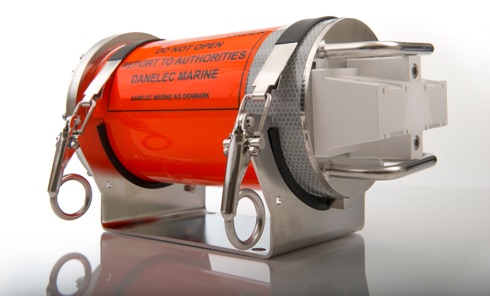
It was announced from Birkeroed, Denmark, on 25 October that maritime technology company Danelec Marine had engaged in a new partnership with the government of India. The deal, struck by a Danelec local distributor, is the first Indian government contract for the company. The deal entails fitting out newly-built ships with Voyage Data Recorders or VDRs (see illustration), including 12 Indian Coast Guard patrol boats, and retrofitting in six Indian Navy frigates. With production beginning in 2018 to be completed by 2019, the contract paves the way for future partnerships and a continued presence in the region.
First Galileo user assembly
One year after the launch of Galileo Initial Services, the 1st Annual User Assembly will take place in Madrid on 28-29 November. Spread over two days the Assembly will include four fora: Transport, Mass Market, Professional and R&D – with the theme User Consultation Platforms, giving European GNSS users the opportunity to discuss their needs and experiences and provide feedback on Galileo performance.
The 1st Galileo User Assembly will also provide:
– An update on the Galileo programme;
– Presentations on Galileo Initial Services performance, the Galileo Services Roadmap and the Galileo User Interfaces;
– Opportunity to participate in the Galileo User Satisfaction Survey.
Participants will also have the opportunity to take part in the networking reception and tour the premises of the European GNSS Service Centre (GSC).
Take a look at the program.
VSTEP to provide UAE bridge simulators
It was announced from The Netherlands on 24 October that the Rotterdam based VSTEP has been awarded a contract from CAE to provide a suite of custom-built ship bridge simulators for the United Arab Emirates’ (UAE) Naval Training Centre (see illustration).
VSTEP was selected to provide the Full Mission Bridge Simulators after an extensive evaluation process. The visual quality, the hydrodynamic fidelity and extendibility of VSTEP’s new NAUTIS 3 simulation platform were important criteria. Some of the bridge simulators will be reconfigurable for the different vessels of the UAE Navy to allow for vessel-specific training capabilities.
Standing by to launch two more Galilieo satellites
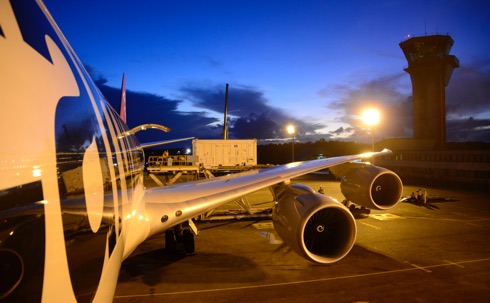
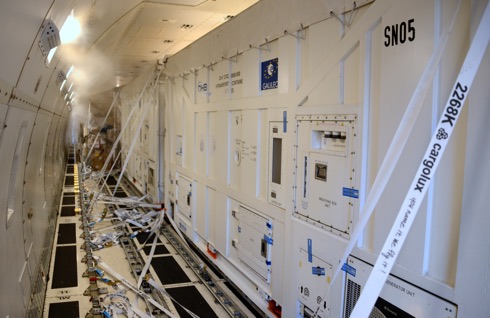
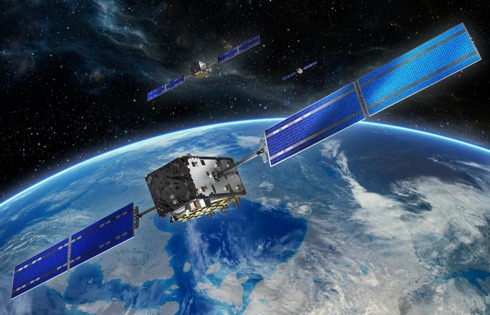
Two more Galileo satellites have reached Europe’s Spaceport in French Guiana,
joining the first pair of navigation satellites and the Ariane 5 rocket due to
launch the quartet into orbit this December. Galileos 21 and 22 left Luxembourg Airport on a Boeing 747 cargo jet on the morning of 17 October, arriving at Cayenne – Félix Eboué Airport in French Guiana the same day.
Resting within distinctive white air-conditioned containers, the satellites were driven to the cleanroom environment of the preparation building within the space centre. Waiting for them there were Galileos 19 and 20, which arrived in September.
The four satellites will be launched together in mid-December by a customised Ariane 5, the elements of which reached French Guiana last month (September) by sea.
MAIB Report on the grounding of Muros
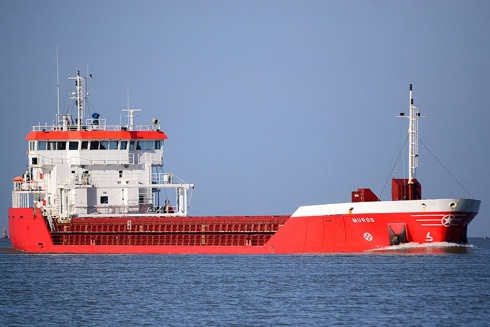
In the early hours of 3 December 2016, the bulk carrier Muros ran aground on Haisborough Sand and the Master’s attempts to manoeuvre the vessel clear were unsuccessful due to a falling tide. Damage to the rudder necessitated the vessel, refloated six days later, being towed to Rotterdam for repair.
There is increasing evidence first generation ECDIS systems were designed primarily to comply with the performance standards required by the IMO, as these systems became a mandatory requirement on ships, with insufficient attention being given to the needs of the end user. As a consequence, ECDIS systems are often not intuitive to use and lack the functionality needed to accommodate accurate passage planning in confined waters, leading to seafarers using ECDIS in ways which are at variance with the instructions and guidance provided by the manufacturers and/or expected by regulators.
ION (US) extra workshop
The (US) Institute of Navigation informs that it will hosting a Cognizant Autonomous Systems for Safety Critical Applications Workshop on 29 January at the Hyatt Regency, Reston in Reston, Virginia.
The workshop is complementary but registration is required to attend and it is being held in coordination with the ITM/PTTI 2018 conference and in parallel with the PTTI tutorials.
NAV CANADA reports September traffic figures
Traffic figures for the month of September 2017 were announced from Ottawa on 16 October by NAV CANADA. These monthly figures are measured in weighted charging units for en route, terminal and oceanic air navigation services, in comparison to the prior fiscal year.
Air traffic in September 2017 increased by an average of 5.4% compared to the same month in 2016. September represents the first month of NAV CANADA’s fiscal year which runs from 1 September to 31 August.
IEEE/ION PLANS 2018 23-26 April, 2018
The biennial PLANS conference, co-sponsored by the ION and IEEE AESS, features researchers and engineers from around the globe who present their latest work in positioning and navigation technologies. Presentations range from fundamental research, to applications, to field test results with a particular emphasis on inertial navigation. Technical sessions cover a range of subjects for both beginners and seasoned professionals.
Abstracts for the IEEE/ION Positioning, Location and Navigation Symposium (PLANS) are due Monday, 30 October 2017.
INC 2017 – Innovations in autonomous & resilient PNT

London-based Royal Institute of Navigation informs that as well as the latest technical innovations and technology updates, INC2017 will cover the legal, ethical, human cognitive and regulatory issues associated with realising new opportunities.
Presentations, an exhibition and networking at RIN INC2017 are expected to broaden knowledge and provide a range of perspectives on topics as diverse as artificial intelligence, authentication, privacy, machine learning and augmented reality in location applications. In addition, on 27 November the Resilient PNT Forum will meet in the afternoon, in partnership with RIN INC2017, following the very well attended meeting at RIN INC2016.
African land cover as seen by satellite
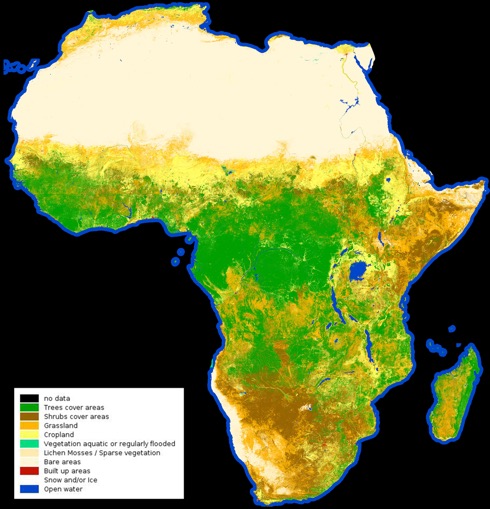
From the barren Sahara to lush jungles, the first high-resolution map classifying land cover types on the entire African continent has been released by the European Space Agency (ESA). This map was created using a year’s worth of data from the Sentinel-2A satellite and as can be seen it shows Africa’s diverse landscapes from grasslands to croplands, water bodies to deserts.
Land-cover mapping breaks down the different types of material on the Earth’s surface. This information is important for understanding changes in land use, modelling climate change extent and impacts, conserving biodiversity and managing natural resources.
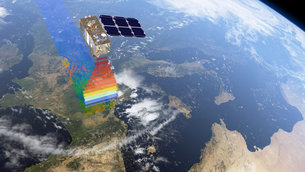
The map released early in October comprises 180,000 Sentinel-2A images representing 90 terabytes of data captured between December 2015 and December 2016. Considering the size of the map – about six gigabytes – a web interface was developed to visualise the data.
World’s first NINOX remote tower ATC system installed: Røst Airport, North Norway
On 11 October Kongsberg reported that at Røst airport in the north of Norway, the world’s first NINOX remote tower air traffic control system has been installed and begun testing.
The NINOX remote towers programme is said to be the world’s largest remote tower programme with more than 15 airports designated for Remote Tower Systems. The illustration here shows the structures as installed.
Following the announcement in 2015 of Norwegian airport operator Avinor‘s agreement with KONGSBERG and Indra Navia to develop and install the world’s largest remotely operated air traffic control system, the first system has now been installed and is under test. Installation and approval of the next 14 airports will be accomplished through to 2020, it is understood.



